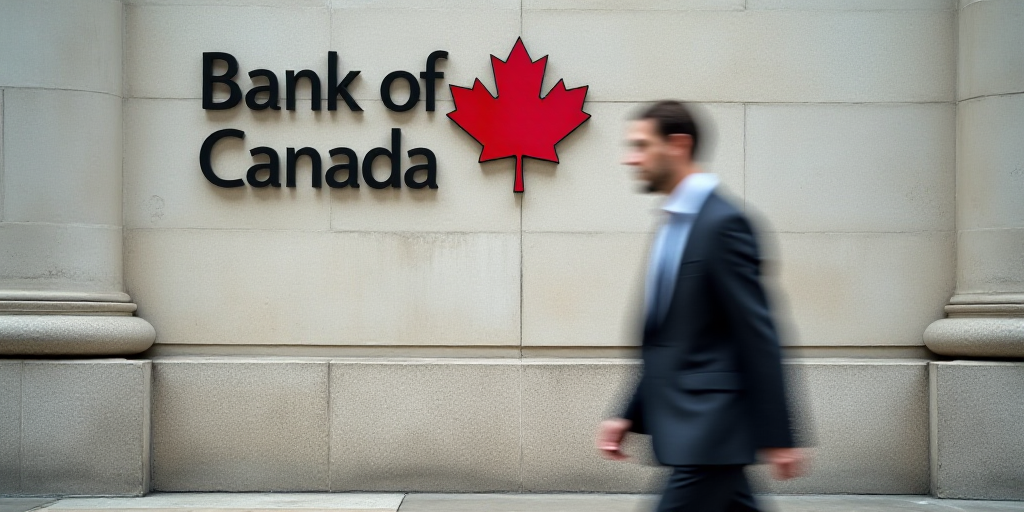Introduction
On September 17, the Bank of Canada adjusted its key interest rate downwards to provide relief in an economy strained by U.S. President Donald Trump’s ongoing trade war.
The Rate Cut
The Bank of Canada reduced its benchmark rate to 2.50%, down from 2.75% since March, as it weighs the impact of fluctuating tariffs imposed by Trump on Canadian businesses heavily reliant on exports to the United States.
Impact of Trump’s Protectionism
Bank Governor Tiff Macklem stated, “The tariffs are weakening the Canadian economy. This is very clear in sectors directly affected.”
The Bank noted that Canada’s GDP decreased by approximately 1.5% in the second quarter of the year.
In the first quarter, exporters benefited from a surge in U.S. orders as businesses rushed to stock up before Trump’s tariffs fully took effect.
However, Canadian exports dropped 27% in the second quarter due to diminishing urgent orders amidst uncertainty.
“There is less U.S. demand for our exports because of the tariffs,” Macklem mentioned.
Trade Agreement Uncertainty
Trump has maintained tariff exemptions on goods complying with the existing North American free trade agreement, partially mitigating damage to Canada’s economy.
Macklem emphasized that the tariff rate for most Canadian exports to the U.S. remains low, as most products fall under the trade agreement known as the USMCA.
However, this agreement, negotiated during Trump’s first term, is set for review in 2026.
The prospect of Trump seeking significant revisions has increased risks for Canada.
“With some stability in U.S. tariffs in recent weeks, short-term uncertainty may have decreased somewhat, but attention is shifting towards the next USMCA review,” Macklem said.
Canada’s Proactive Measures
Canada was the first G7 nation to start cutting rates last year after a series of hikes to curb pandemic-driven inflation.
Although the rate cut was widely anticipated by analysts, the Bank warned of cautious action due to potential inflation risks from U.S. protectionism.
Macklem noted that businesses are facing new costs while adapting “to a different relationship with our largest trading partner.”
He added that people are seeking new suppliers and customers, and the final consequences of these changes remain uncertain, including potential inflation.
Given the widespread uncertainty about the way forward, Macklem expressed that the Bank would be more cautious than usual in providing future guidance as it closely monitors export figures in the coming weeks.
Key Questions and Answers
- What was the Bank of Canada’s action? The Bank of Canada lowered its key interest rate to 2.50%.
- Why did the Bank of Canada take this action? The move aimed to support the Canadian economy amidst Trump’s trade war and its impact on key sectors like automobiles, steel, and aluminum.
- How have Trump’s tariffs affected Canada? Tariffs have weakened the Canadian economy, particularly in sectors directly affected. Canada’s GDP decreased by approximately 1.5% in Q2, and exports dropped 27% due to diminishing urgent orders.
- What is the status of the USMCA agreement? The USMCA, negotiated during Trump’s first term, is set for review in 2026. The prospect of significant revisions has increased risks for Canada.
- What does this mean for Canadian businesses? Businesses are facing new costs while adapting to a different relationship with the U.S., their largest trading partner. The long-term consequences, including potential inflation, remain uncertain.






